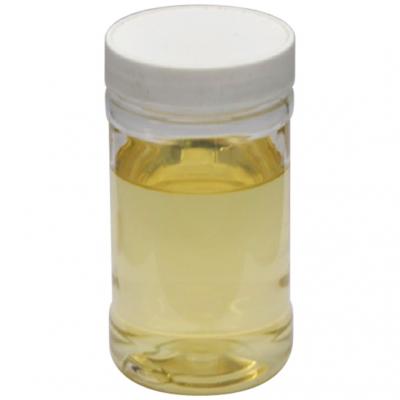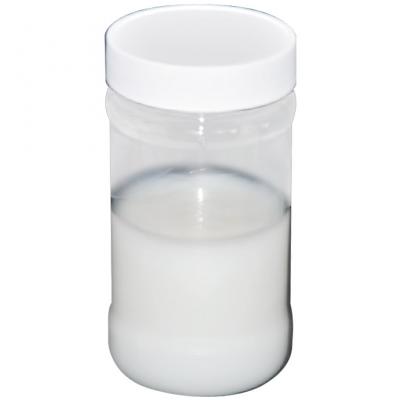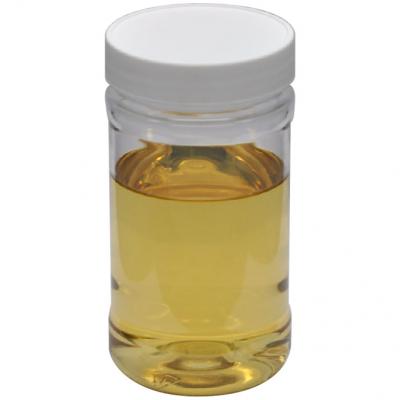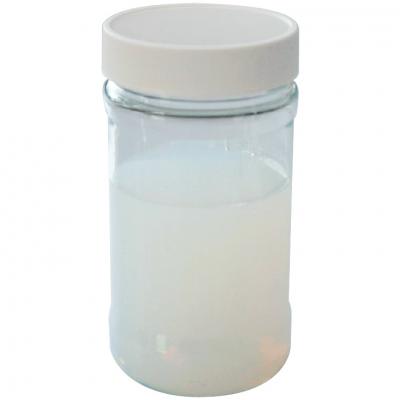We have discussed about some common quality problems occurred in dyeing when related to textile auxiliaries. here let's talk about these quality problems happened in textile finishing process.

The soft finishing style is depended on the different customer’s requirement, such as soft, smooth, fluffy, soft waxy feel and slippery. We should choose different softener according to different style. For example, among the sheet-like textile softener, there are different types, and their structure is different. And their soft, fluffy, slide, yellowing and water -absorbing ability to fabric is different. And among silicone oil, the property of modified silicone oil made from different modified gene is different. For example, the property of amino silicon oil, hydroxyl silicone oil, epoxy modified polysiloxane, Carboxy Modified Silicone Oil is different.
2. Yellowing
Amino sheet-like textile softener and amino silicone oil easy to cause yellowing. Positive ion sheet-like textile softener have the advantages of soft, good hand feeling, easy -to-absorb to fabric. But in the same time, it has the disadvantage of yellowing and non-hydrophilic. If we change into the soft oil, the yellowing and non-hydrophilic property will be improved. If we combine the positive sheet-like softener and the hydrophilic silicone softener or hydrophilic finishing agent, the hydrophilic property will be improved.
Both negative sheet-like textile softener and non-icon sheet-like textile softener are not easy to cause yellowing. Some kinds of sheet-like textile softener are not easy to cause yellowing and hydrophilic, Amino silicone oil is the most wide-using silicone oil. But amino will cause yellowing. The larger of the value of the amino, the easier of the yellowing. So we choose the low yellowing silicon oil , modified polyether, or modified epoxy silicone oil.
Moreover, we sometimes use cationic surfactants such as 1227: Leveling Agent for Acrylic 1227
, as emulsifier when emulsion polymerization occurs. And this emulsifier also can cause yellowing. The different choice of emulsifier will cause different stripping and color light, which belongs to discoloration.
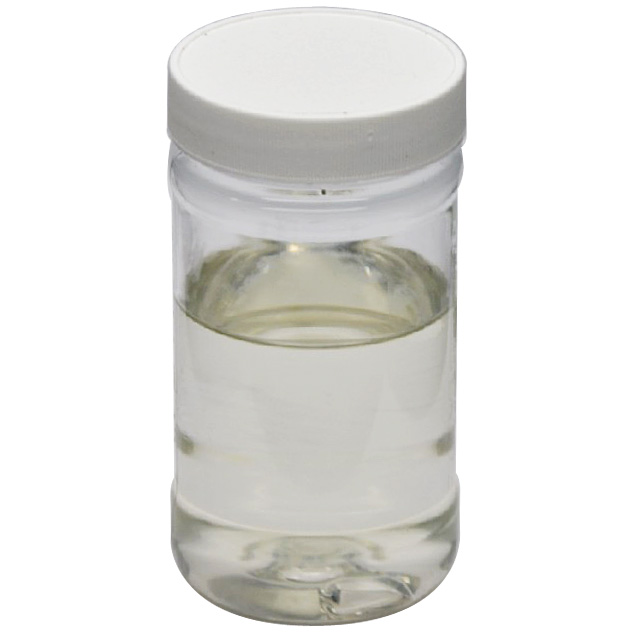
3. The fabric hydrophilic capacity decline
The structural problem of sheet-like textile softener, the shortage of hydroponic gene after silicone membrane and sealing the absorbing groups like hydroxy on fiber, carboxyl and amino on wool, will cause the decline of the absorbing ability. So we should choose positive icon, P, deep brown sport.
4. Deep brown spotDeep brown spot is caused by the following reasons: the remain of oily water in the preliminary treatment; the deeper color in the oil area in the process of dyeing; too much bubble in the process of dyeing bath; the compound of piebald and bubble and dye sticking on the fabric; floating oil in the defoamer; tarry material in the dye vat stick on the fabric, the cohesion of dye; excessive Ca2+ or Fe3+ icon. We need to deal with these deep brown spot according to different reason. For example, adding degreaser in the preliminary treatment, adopting low-bubble or non-bubble auxillary, choosing hard- to -float oil defoamer, adding chelating agent to improve water, preventing concentration by add auxiliary, cleaning dye vat in time.
5. Light color spot
The light color spot is caused by the following reasons: the uneven dealt in preliminary treatment; the unqualified capillary effect, the sticking of achromatophilia materials; the sticking of Calcium soap or magnesium soap on the fabric. Uneven mercerizing, uneven drying of semi-product; the sticking of anhydrous sodium sulphate or sodium carbonate solid on the fabric; water on the fabric before drying; the stain of auxiliary in the process of finishing. Similarly with the deep brown spot, we need to deal with different light color spot according to different situation. For example, choosing the auxiliary that is hard to from Calcium soap or magnesium soap on the process of preliminary treatment; even and full preliminary treatment. (related with the selection of scouring agent, penetrating agent, chelating agent, disperse agent, mercerizing penetrating agent.), the full melting of anhydrous sodium sulphate or sodium carbonate and the enforced management.
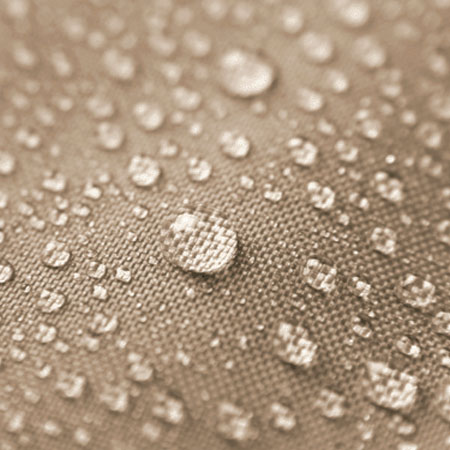
The uneven or incomplete removal of alkali in the preliminary treatment (such as bleaching, mercerizing ) causes alkaline spotting. So the alkali removal process must be enhanced.
7. Softener stainThe reasons that caused softener stain is as following:
(1) The sheet-like textile softener is not melt fully and stick on the fabric.
(2) The sheet-like textile softener melt and produce too much bubble which stick on the fabric.
(3) If there are too much impurities in the water, it will combine with the softener and remain on the fabric. Some manufactures dealt with water using SHMP or alums which will combine with the impurities in the water and form floccule, which will form stain after the bathing.
(4) The negative ion material on the fabric will combine with the positive icon in the softener. Or the alkali on the fabric will agglomerate.
(5) The different structure of softener. In higher temperature, some softener will become solid from emulsion and stick onto the fabric.
(6) The original tarry softener stick on the fabric.
8. Silicone oil spotThe silicone oil spot is the most difficult treatment spot. The main reason is:
(1)The PH value on the fabric is non neutral. The alkali will cause silicone oil float.
(2)The impurity in the bathing water is too much. The silicone oil is easy to float in the water with the hardness larger than 150mg/L
(3)The unqualified silicone quality problem. Including bad emulsion(bad emulsifier, bad emulsifying process, larger particle), and no resistance to shear(unqualified silicone oil, emulsifying system, silicone oil type. The synthetic process of silicone oil and etc).
We can choose shear -resistant, anti-electrolytic, Ph -value tolerant silicone oil. But we need to pay more attention to the using method and situation. And we also can consider hydrophilic silicone oil.
9. Poor lousinessPoor lousiness is closely related with the operation of lousiness machine.(such as the control of the forces, the lousing roller rotate speed.) And for lousiness, the key process is controlling the friction coefficient, move and stay of the fabric in the process of waxing.The making of softener is essential, if we use poor softener, the effect of lousiness is not good, even the fabric will be torn.
Welcome to share your experiences and knowledge in textile auxiliaries.


 English
English  日本語
日本語  Español
Español  tiếng việt
tiếng việt  Türkçe
Türkçe  ไทย
ไทย  українська
українська  हिंदी
हिंदी  বাঙালি
বাঙালি  اردو
اردو 
